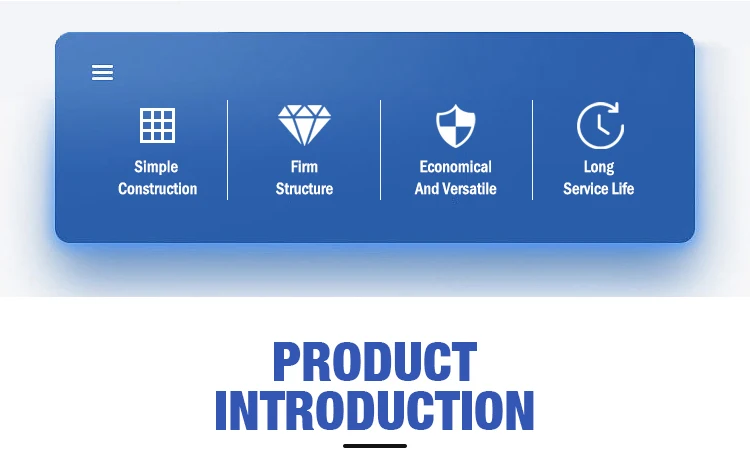non galvanised wire mesh
Understanding Non-Galvanised Wire Mesh Properties and Applications
Wire mesh is a versatile and widely used material in various industries, primarily known for its strength and flexibility. Non-galvanised wire mesh, in particular, refers to wire mesh that has not undergone the galvanization process, which typically involves coating iron or steel wire with zinc to protect against corrosion. While galvanised wire mesh offers excellent durability in outdoor environments, non-galvanised wire mesh holds its own unique characteristics and applications.
Properties of Non-Galvanised Wire Mesh
One of the primary characteristics of non-galvanised wire mesh is its susceptibility to rust and corrosion. Without a protective zinc coating, this type of wire mesh is more vulnerable to environmental elements, such as moisture and chemicals. However, this attribute can also be beneficial in certain applications. For instance, non-galvanised wire mesh can be more easily painted or coated, allowing for customization and integration into specific aesthetic designs.
Additionally, non-galvanised wire mesh is often more cost-effective than its galvanised counterpart. Industries that do not require long-term outdoor exposure and where minimized costs are essential might opt for non-galvanised wire mesh. It is important in selecting non-galvanised wire mesh to consider the environment where it will be used, as its lifespan may be considerably shorter under harsh conditions.
Applications of Non-Galvanised Wire Mesh
Non-galvanised wire mesh is commonly used in various applications, particularly in environments where corrosion resistance is not a primary concern. Some of the predominant uses include
non galvanised wire mesh

1. Construction Non-galvanised wire mesh can be used as reinforcement in concrete structures. It provides support and helps distribute loads evenly, ensuring the structural integrity of various constructions.
2. Agriculture In farming, non-galvanised wire mesh can be employed in fencing for livestock enclosures or as supports for climbing plants. Its adaptability and strength make it suitable for various agricultural environments.
3. Manufacturing Many industrial applications utilize non-galvanised wire mesh, from filtration systems to machinery guards. Its ease of fabrication allows manufacturers to tailor mesh sizes and shapes to meet specific operational needs.
4. Art and Decoration Many artists and designers leverage non-galvanised wire mesh within their work. Its raw appearance can provide a unique aesthetic for sculptures, installations, and architectural features, allowing for a blend of functionality and beauty.
5. Home Improvement Homeowners frequently use non-galvanised wire mesh for DIY projects, such as creating garden trellises, building custom pet cages, or even as a decorative element in home decor.
Conclusion
In summary, non-galvanised wire mesh is a valuable material that finds its place across multiple sectors. While it may lack the corrosion resistance of galvanised alternatives, its cost-effectiveness, ease of customization, and diverse applications make it an essential choice for many projects. Understanding its properties enables consumers and industries to make informed decisions tailored to their specific needs, ensuring effective and efficient use of this versatile resource. Whether in construction, agriculture, or creative arts, non-galvanised wire mesh continues to play an integral role across various domains.
-
Space-Saving Chain Fence Hacks Vertical Gardening with Cyclone MeshNewsJul.16,2025
-
Innovations in Iron Nail Wire Production for Modern ConstructionNewsJul.16,2025
-
Creative Uses of Wire Netting Fence in Modern Landscape DesignNewsJul.16,2025
-
Barbed Wire Fence Innovations in Anti-Climb TechnologyNewsJul.16,2025
-
Architectural Uses of Umbrella Nails for Aesthetic Roof DesignsNewsJul.16,2025
-
Architectural Uses of Razor Barbed Wire in Secure Urban DesignNewsJul.16,2025




